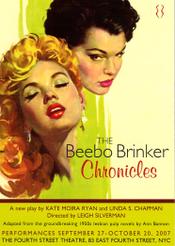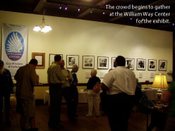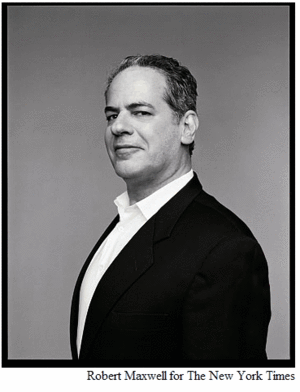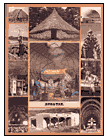 I don’t think there are books in the Gay men’s community that compare to Ann Bannon’s 50s and 60s Lesbian bodice rippers…Odd Girl Out…I Am A Woman…Women in the Shadows…and Journey to A Woman…but while the stories are women’s stories, there is a universal truth in them, about the coming out process in another time, when shame and shadows and anguish — what the Radical Religious Right would call "The Good Old Days — were the words that ruled Gay and Lesbian lives.
I don’t think there are books in the Gay men’s community that compare to Ann Bannon’s 50s and 60s Lesbian bodice rippers…Odd Girl Out…I Am A Woman…Women in the Shadows…and Journey to A Woman…but while the stories are women’s stories, there is a universal truth in them, about the coming out process in another time, when shame and shadows and anguish — what the Radical Religious Right would call "The Good Old Days — were the words that ruled Gay and Lesbian lives.
Bannon’s Odd Girl Out was the second biggest selling paperback of 1957…something she didn’t learn until 30 years later! The books were popular when they were first released, and have proved a remarkable longevity especially for pulp fiction, being reprinted in three different issues, and several languages. That iconic longevity, the characters and the books themselves earned her the title of "Queen of Lesbian Pulp Fiction." When depictions of Lesbians in written literature were quite rare, and what there was was dismal and unhappy, her books set her apart from other authors who wrote about Lesbianism. She has been described as "the premier fictional representation of US lesbian life in the fifties and sixties," and that her books, "rest on the bookshelf of nearly every even faintly literate Lesbian."
Last night we went to see the Hourglass Group’s production of Kate Moira Ryan and Linda Chapman’s The Beebo Brinker Chronicles, an adaptation of three of Bannon’s books. Ms. Bannon was in attendance, looking stunning, and receiving the adulation of her fans. All of us. It was marvelous. Can’t recommend this play highly enough. If your first thought is "I’m not a Lesbian, what would this have to say to me?" you couldn’t be more mistaken. The writers could have easily played this for camp, but they didn’t. It is poignant, witty, thoroughly entertaining, smart, funny theater. There’s a fine cook’s hand at play, with just a soupçon of camp…enough to make you laugh out loud, partly from the humor, partly from the buzz of recognition. The writers (and Bannon) are word perfect in capturing the early Lesbian and Gay "zeitgeist," all the lies we all bought into before we knew we were more than the only queer on the planet.
If Logo was programming like this, instead of the dreck like "Rick and Steve" I’d probably be watching Logo a helluva lot more. This material could…should…easily be translated into one hot television series…Desperate Lesbians!
If you are, as they say, "of a certain age," Lesbian or Gay, you will see yourself up on the stage ( there is a bravura performance by Obie winner, David Greenspan, the likes of which we haven’t see since Take Me Out…as well as the marvelous performance…and buff body…of Bill Dawes, the cuckolded husband Laura leaves.)
If you’re lucky enough to have been born "post Stonewall" you need to know these stories. This is your heritage. This is where Stonewall came from.
There is something incredibly important about the "particularity of voice"…which is why we continue to insist that White Crane remains for and by Gay men. Welcoming, as they say, but we only purport to speak for ourselves as Gay men. Last night was an opportunity to hear the Lesbian voice…and it was proud and clear and true. For all of us. Brava to everyone who had anything to do with this play. By the way….Beebo playwright, Linda Chapman and her partner, Obie-award winning actor, Lola Pashalinski, have a featured article inthe fall White Crane, Lovers.
A limited run…through October 20. Tickets available here.
![]() Author Jane Rule has died at the age of 76.
Author Jane Rule has died at the age of 76.


















